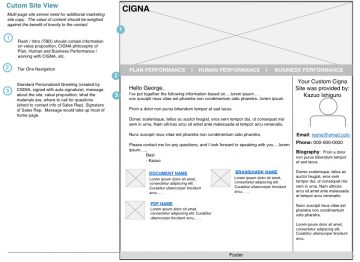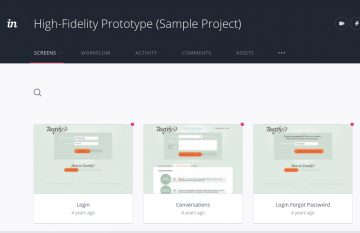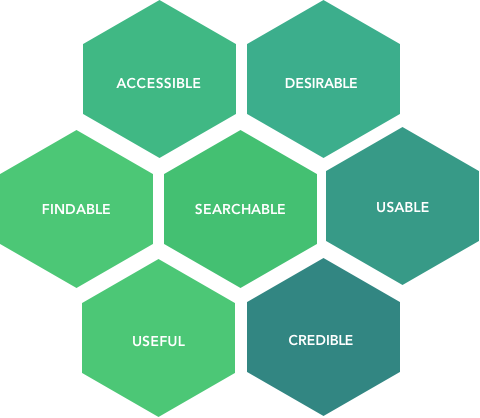User Experience Design
Your user experience is only as successful as your user’s ability to accomplish what they need to do.
We evaluate how well things are working and where pain points might be contributing to friction, bounce rates, and ultimately–lost revenue.
Information Architecture
Information architecture got it’s start in library sciences. The specialization allows for the categorization of massive amounts of data. We’ve performed audits and architecture redesigns of 30,000+ page web sites. We don’t recommend it to others! However, we specialize in slashing through chaos using digital analytics, CX and voice of customer to build lean, mean, efficient experiences – that makes users happy. And, while a laborious task to many, we actually like it – because the results are astonishing. .

Wireframes
Wireframes are where ideas start to get real. Suddenly there is something to react to, something to modify and perfect in the least expensive stage of digital projects. We don’t put hefty weight on wires, we want to go through a few iterations and make mistakes cheaply!

Rapid Prototypes
Following wireframes, and sometimes using them, we want to get interactive samples in front of people to review, respond and say “Hey, that’s not right!” We want that because what we can change in hours would be weeks in code. Rapid prototypes are meant as working models and conversation tools. Tear them apart, we’re used to it and that’s just why we built them.

User Stories
User stories have become a great communication tool across teams to manage resources, development and test cases, as well as a common terminology and understanding for teams. Whether using agile development or other methodologies, user stories are one of the simplest breakdowns of a system to separate the complexity and keep everyone on board.

Task Flows & Use Cases
Pathing a user’s flow through a transaction, the exceptions, alternatives, the issues, and the necessary messaging are all vital to a complete experience. Use cases get very specific about each step, and actions from user to system and back. These tools are used in transactional systems to break down complexity and communicate specifications across internal teams. These are tools our team is specifically trained and certified in and have proven no only a large differentiator in our experience design, but also in client success and limitation of errors and costly change controls.


